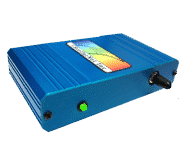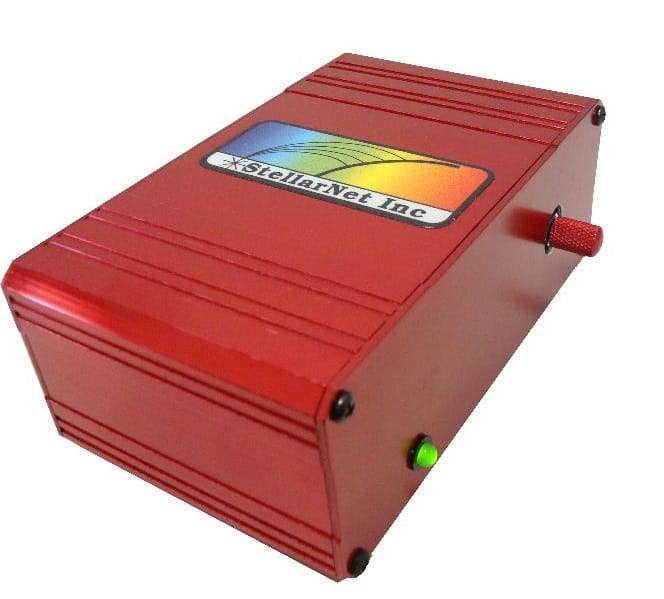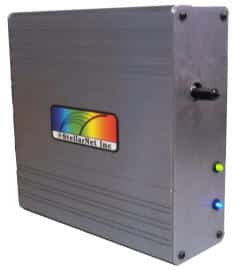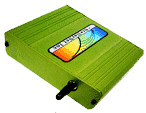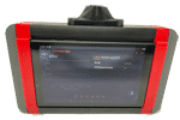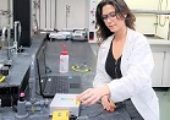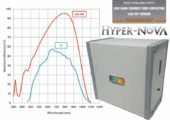The SpectraWizard’s Spectroscopy Application Challenge has officially ended! Spectroscopists from all over the world competed against each other for a chance to win $5,000 in StellarCash. Check out the winning spectroscopy application below and don’t forget to check out our Back to School Spectrometer Special available now through the end of September! Thank you to all the contestants, there were lots of amazing submissions and it was very hard to choose winners. We are all very excited to share this spectroscopy application with you! Follow us on social media to see all the updates.
1st Place: Eric Mahan-North Carolina Zoo
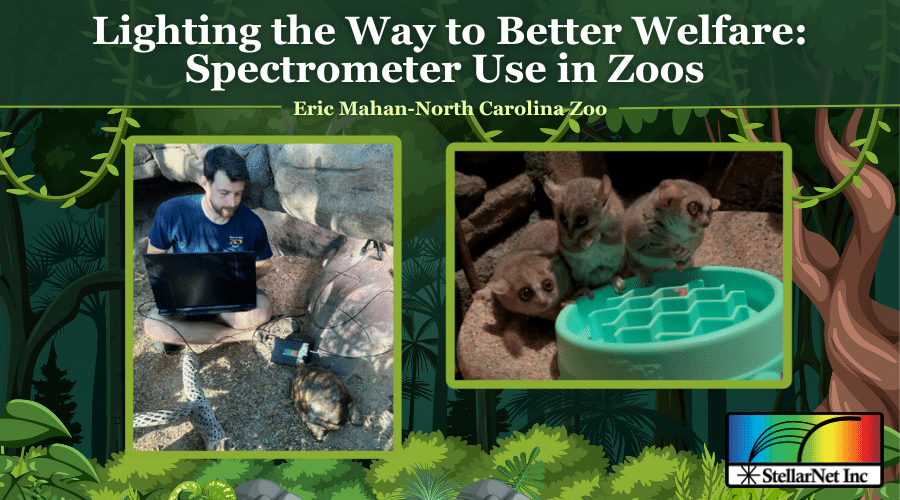
The 2024 Winner of our SpectraWizard Spectroscopy Application Challenge is Eric Mahan, a zookeeper in the Desert Section at the North Carolina Zoo! They have various applications related to light output and their zoo animals, including Indigo Snakes, Mouse Lemurs, Vampire Bats, and more!
Lighting the Way to Better Welfare: Spectrometer Use in Zoos
Light is the essence of life, shaping the evolution of every living creature on this planet. By better understanding light, we better understand life itself — a crucial mission for zoos, whose primary role is not just to care for animals but to ensure their well-being.
Animals rely on sunlight for a multitude of reasons, from birds using UVA rays to judge mate quality to reptiles absorbing Infrared A and B to regulate their body temperature. Even a nocturnal lemur may emerge from its tree cavity nest to soak up some sun during the day, thus aiding in its biological processes.
However, in zoos, we can’t always allow animals outdoors due to a variety of factors like humidity, weather, or local disease risks. To mitigate this, we use glass roofs and skylights, but these can alter the wavelengths of light that reach the animals…
Indigo Snakes Research
We are preparing a paper for review on the effects of different light types on Indigo Snakes. Our study assessed animal welfare by comparing fluorescent and basking bulbs using a spectrometer to monitor and analyze light output. The spectral data allowed us to evaluate the availability of light for the snakes over time and its impact on their behavior and welfare. Our findings indicate that snakes exposed to fluorescent light were more active and grew at a faster rate compared to those exposed to basking bulbs. This research will inform our management practices to better address the specific needs of different species.
Association of Zoos and Aquariums (AZA) Conference
Next week, we will have someone presenting at the AZA conference on the benefits of using full-spectrum lights in a nocturnal primate habitat. Our presentation will cover how implementing these lights for the mouse lemur has enhanced their visibility and activity in a reverse lighting setup, where their nighttime occurs during our daytime. The lights were selected and tested with our spectrometer to ensure optimal results creating one of the closes natural light replications currently possible.
Collaboration and Outreach
We have actively shared our findings with other facilities, offering advice through emails, phone calls, Zoom meetings, and even site visits.
Runner-Up: Dr. Gerardo Gutiérrez
University of Colorado Boulder-Professor of Anthropology

Portable StellarNet instruments for the in situ Study of Archaeological and Historical Pigments and related Materials
Human groups have produced and exchanged colorants, beginning with red ochers, for at least 100,000 years, and our color technology has developed together with our cognition and cultural and economic systems. Therefore, ancient colorant materials offer a unique window into the development of indigenous science, epistemologies, ideology, and learning processes to innovate knowledge and drive social complexity.
Research on color brings together multiple disciplines, including anthropological archaeology, art and art history, geology, biology, physics, and geochemistry to address material identification, procurement, manufacture, provenance, and exchange.
I have developed a portable laboratory to characterize ancient materials using atomic and molecular spectrometry and have been doing field research on Mesoamerican color practices using portable, non-destructive spectrometry. StellarNet instruments HyperNova 785nm Raman, and Black-Comet SR UV-VIS spectrometer have become key instruments in my research for their great quality and affordability.
The use of spectrometry in anthropological studies provides a critical bridge between STEM disciplines and social science and humanities approaches to understanding the acquisition of human knowledge and skills.
My goal is to produce historical narratives on technological changes in the use of indigenous colors in Mesoamerica. My database of analyses includes archaeological materials still in situ, such as murals on rock shelters in Guerrero and in Zapotec tombs in Oaxaca, residential compounds at Teotihuacan, as well as materials in museums, including Huichol lacquered gourds collected by Robert Zingg in the 1930s (Stritzel 2023), and several Mesoamerican indigenous books or codices.
In the future, I will continue to expand my collection of StellarNet instruments because they have helped me to advance my academic career by providing the needed tools to solve complex characterizations of materials in the lab and in the field.
Third Place: Dr. Mike Hardy – Queen’s University Belfast
Smart Nano NI, Centre for Quantum Materials and Technologies
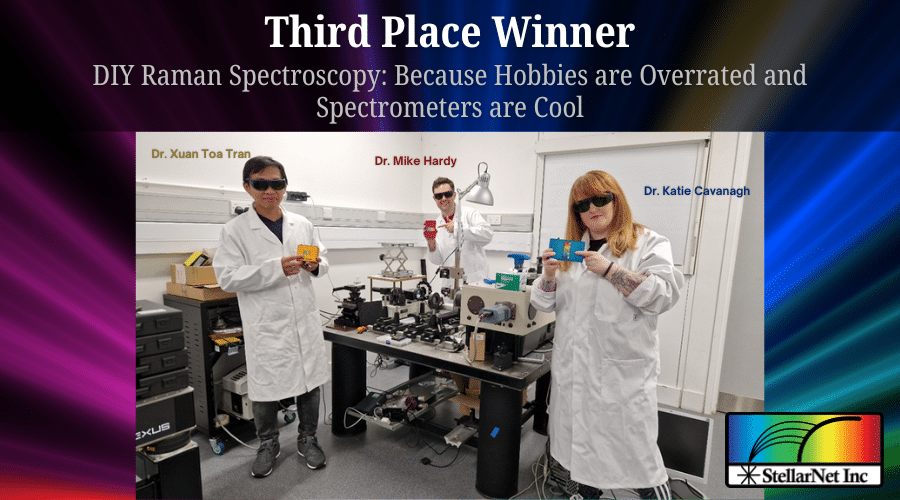
DIY Raman Spectroscopy: Because Hobbies are Overrated and Spectrometers are Cool
We have built an open-bench, multiwavelength Raman spectrometer for the analysis of different kinds of samples with various lasers, from green to near-infrared. This includes 3D printed components to hold the cylindrical helium neon lasers in place, and to accommodate our cuvette sample holder on a two axis, micro-controlled stage (it can also rotate!).
The system is part of the Smart Nano NI project at the Centre for Quantum Materials and Technologies, School of Maths and Physics at Queen’s University Belfast. Smart Nano is a large collaboration between photonics-based technology companies and the universities in Northern Ireland that intersects with a number of research areas, from data storage, optical component testing, and breast cancer research.
Contrary to popular opinion, building your own spectroscopy system isn’t that hard, it’s only light work! Saying that, if we really want nice spectrometers, we also have some StellarNet Inc. systems around the lab!
Related publications: Hardy M. Laser Wavelength Selection in Raman Spectroscopy Analyst [Under Review] 2025
[In Photo L-R, Dr Xuan Toa Tran, Dr Mike Hardy, Dr Katie Cavanagh; Photo taken by Dr Briliant Prabowo]




